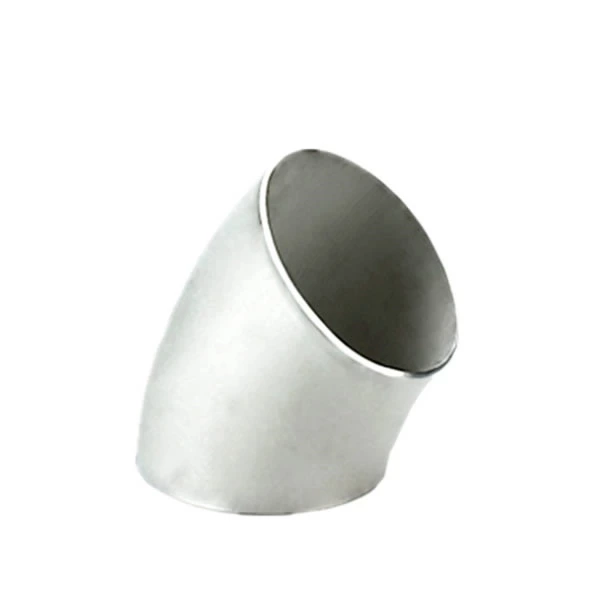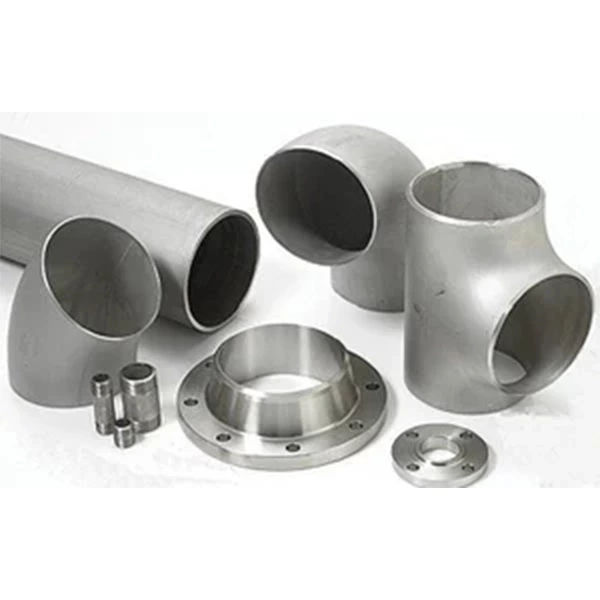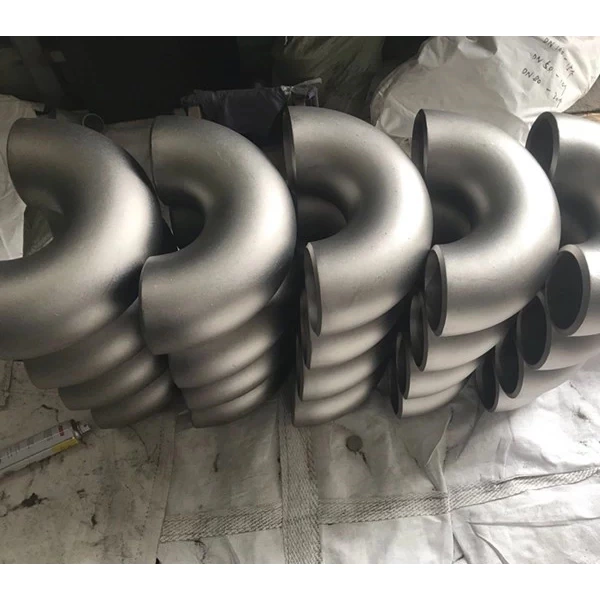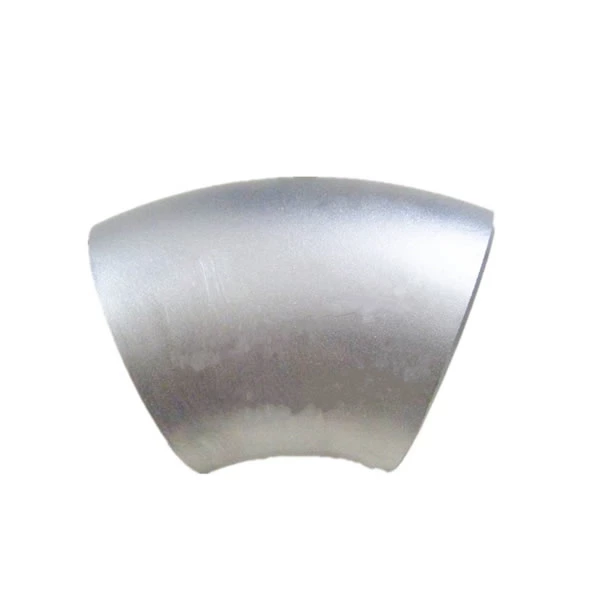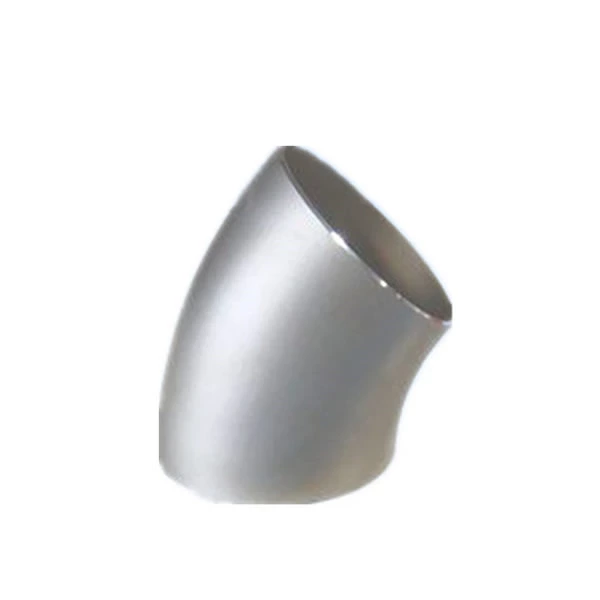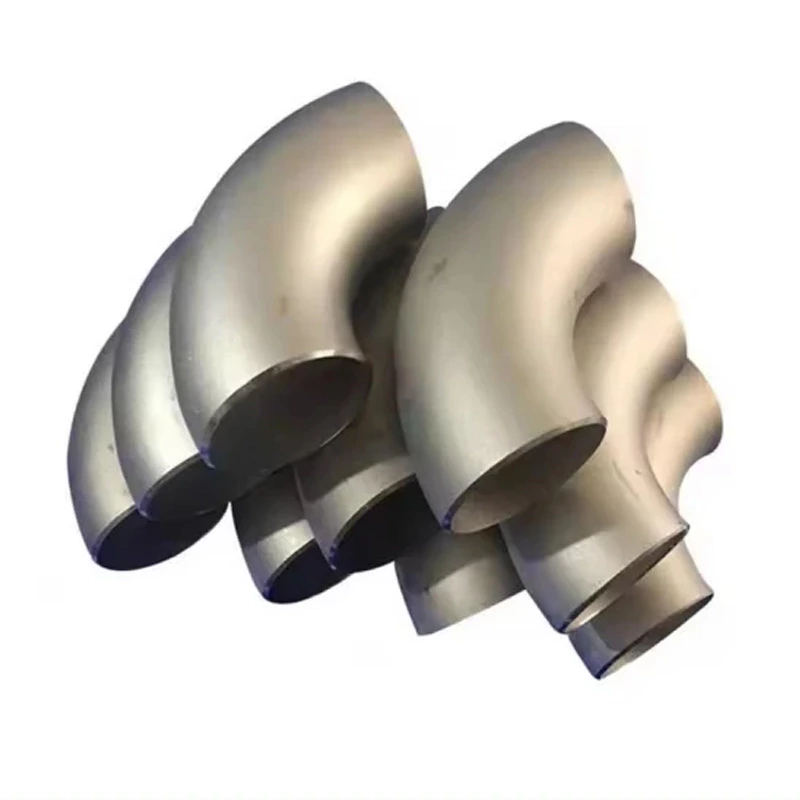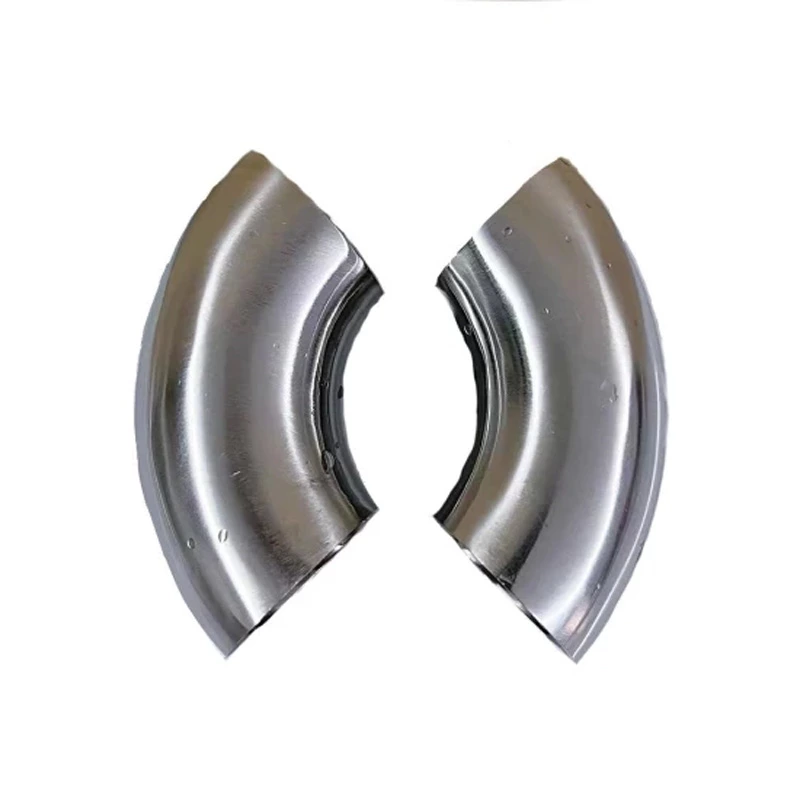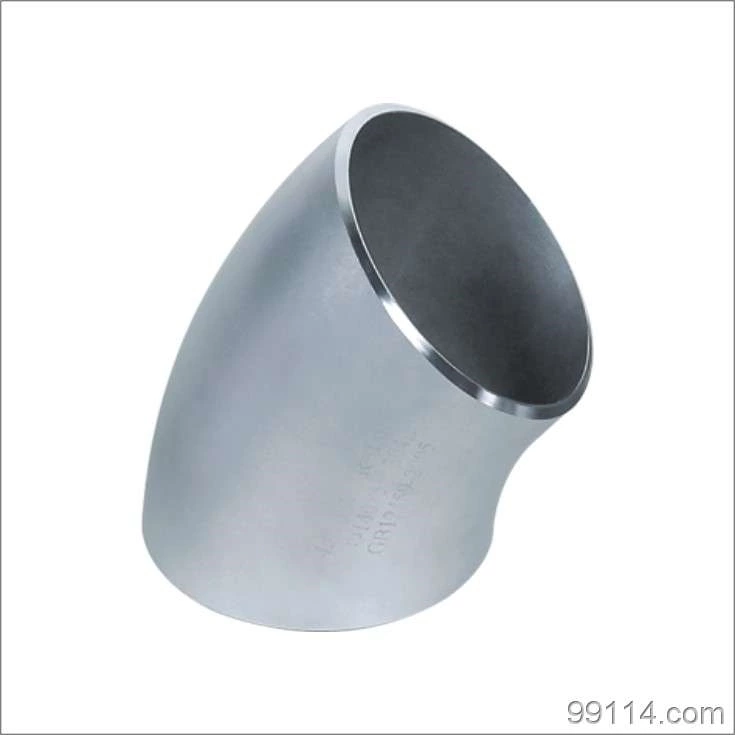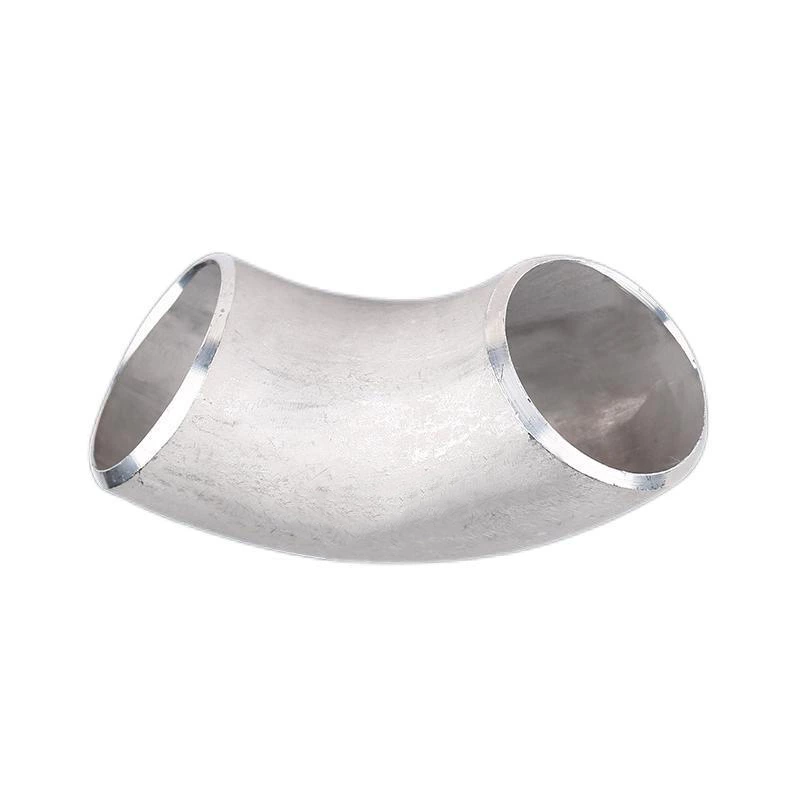Slag Inclusion Phenomenon During Welding Of Stainless Steel Pipe Stamping Elbows
Because the stamped elbow pipe has the advantages of smooth inner wall, small heat medium flow resistance, good service life, and easy installation. In recent years, it has been widely used in heating systems. Stamped elbows are gradually becoming the mainstream products in the heating market as heating pipes. Advantages: can withstand strong impact; smooth surface; service life; outstanding flexibility at high and low temperatures; hot welding; and can be used as tap water pipes to meet the requirements of hygiene. Stamped elbows use polyethylene pipes produced by special molecular design and synthesis processes. Due to various factors, the actual wall thickness of floor heating pipes is usually , and under this wall thickness, all kinds of pipes can meet the requirements of floor heating, and the advantages of stamped elbow pipes are not afraid of pressure. Thermal conductivity: pipes used for floor heating need to have good thermal conductivity, low temperature resistance, and low temperature resistance. The performance is better than that of thermal shock. During winter construction, the pipes are not easily broken by impact, which increases the flexibility of construction arrangements and can be recycled without polluting the environment.
Below, we briefly analyze the phenomenon of slag inclusion during Stainless Steel Weld Elbow welding:
When connecting the stamped elbow to the pipe, pay attention to the slag inclusion during welding. Slag inclusion means non-metallic slag inclusion. The main reason for this phenomenon is that the groove processing on the pipe or the stamped elbow product is incorrect, that is, the angle is too small, which is one reason. Another reason is that the current during welding is too small and the viscosity of the slag is too high. Due to the high viscosity, the slag cannot float to the surface, causing the phenomenon of slag inclusion. Another reason is that the energy of the welding torch flame is not enough during gas welding, the workpiece cleaning work is not done well when welding the stamped elbow and the pipe, the use of oxidizing flame, or the swing amplitude is too small to pull out the slag in time, etc., all cause welding slag inclusion. After the skin on the welding rod falls off in blocks, it is not fully melted. Multi-layer and multi-pass welds are also one of the reasons. If slag inclusion occurs during welding, it will cause water or air leakage during the pressure test or use after the welding is completed. Therefore, it is necessary to prevent such phenomenon in the welding of stamped elbows.
